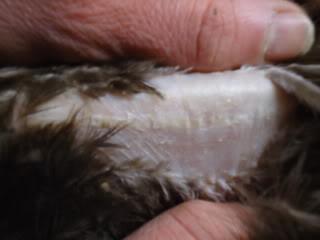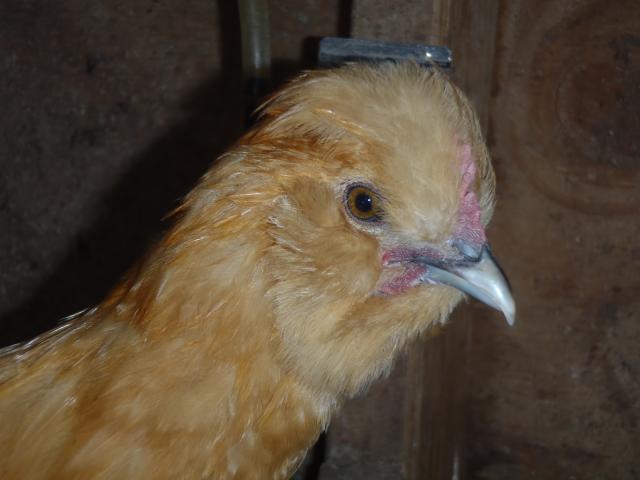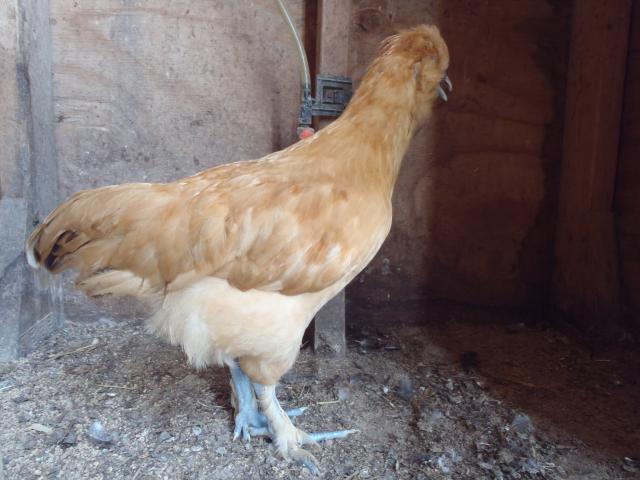Quote:
Sorry I should have made my post more clear. Breast ridge is a manifestation of pea comb which is linked to the O gene(blue egg gene).
So I meant that while most Silkies do not have the pea comb gene(and breast ridge), half of the offspring from an F1(and so on) Silkie cross carrying the O gene x Silkie would have the pea comb gene and breast ridge. Since it may sometimes be difficult to tell whether a Silkie cross has the pea comb gene or not, you could check to see if the bird in question has a breast ridge. Hope that helps
Picture of breast ridge taken by Wieslaw from classroom@thecoop
https://www.backyardchickens.com/forum/uploads/71540_peacomb4.jpg
The page you referenced said "the breast ridge is also characteristic of walnut combed birds since they also posess the
P gene." So, Silkies should also have it.
The Silkie combtype as refered to in the
Standard of Perfection is a Rose comb modified by the crest. Silkies in the USA do not generally have the pea comb gene. From what I have heard, some Silkies on other continents do.
Definition of a Walnut comb as described by the
Standard of Perfection "A solid, moderately broad comb resulting from the combination of two dominant alleles for the Rose (R) and Pea (P) comb, with a surface that shows some furrowing reminiscent of a walnut half."
On page 7 of the
Standard of Perfection it
describes the Silkie comb as such: "An almost round, somewhat lumpy comb, inclined to be greater in width than length; covered with small corrugations on top and crossed with a narrow, transverse indentation slightly to front of the middle of comb. Sometimes two of three small rear points hidden by crest, others without points.
Generally considered to be genetically a rose comb, changed by rose comb plus crest."





